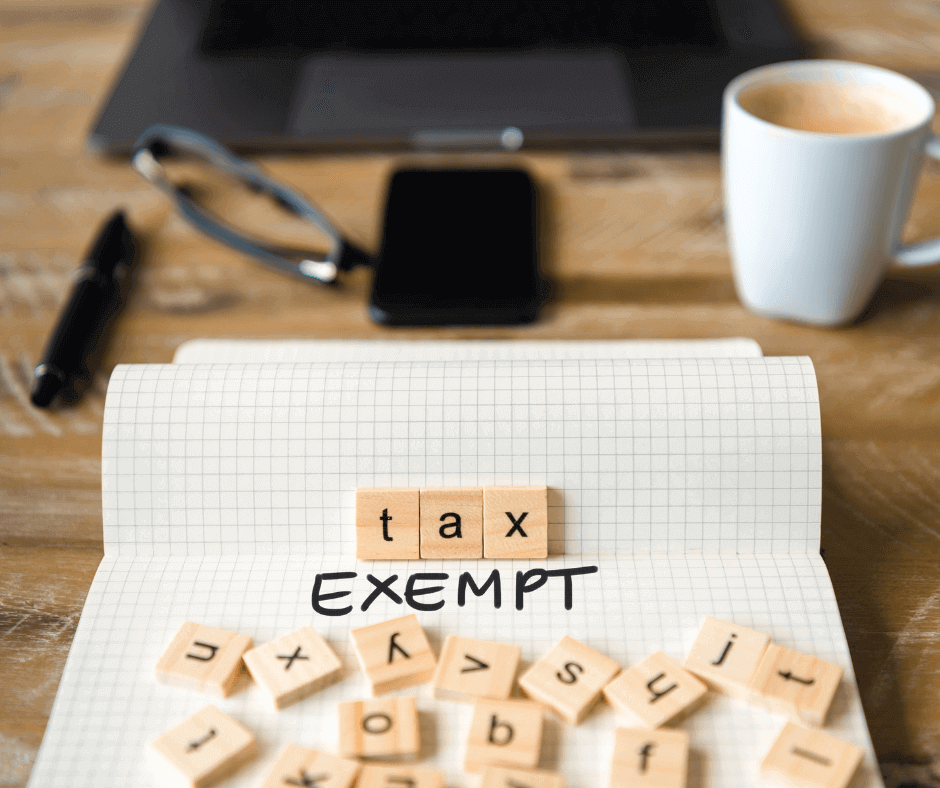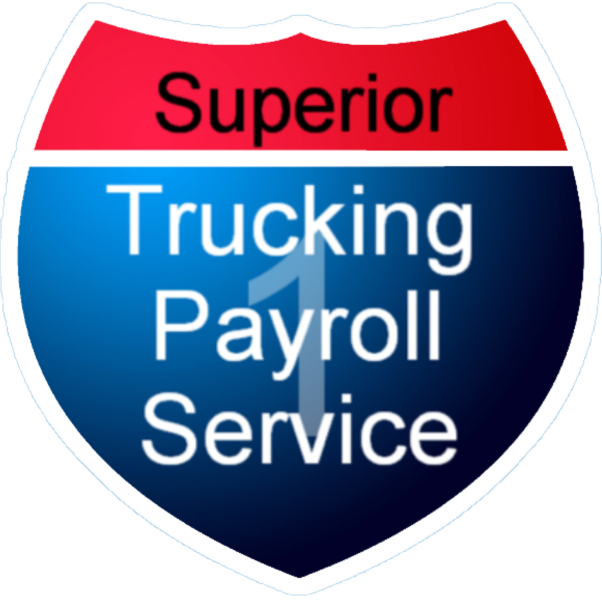What should you do if an employee claims “exempt” on their W-4 form? Is it allowed? How can you make sure your payroll stays compliant with IRS rules?
When an employee writes “exempt” on their W-4, it can be confusing. But as an employer, it’s your responsibility to handle it correctly. If you don’t, you risk IRS penalties for both you and your employees.
In this article, we’ll explain what it means when an employee claims “exempt,” who qualifies for this status, and how to manage it properly to keep your payroll running smoothly.

What Employers Need to Know About 'Exempt' Claims on W-4 Forms
When an employee claims “exempt” on their W-4 form, they are stating that they do not expect to owe any federal income tax at the end of the year when filing their tax return. This claim is based on their belief that their total income and deductions will result in no tax liability for the year.
By claiming “exempt,” the employee is asking you, as their employer, not to withhold federal income tax from their paycheck. However, it’s important to note that this does not affect other payroll taxes, like Social Security and Medicare, which you must still withhold as usual.
Understanding this distinction is key to handling exempt claims properly and ensuring compliance with IRS regulations.
IRS Rules for Employees Claiming 'Exempt' on W-4 Forms
Not everyone can legally claim exemption on their W-4. The IRS has clear rules for this. To qualify, an employee must meet both of these conditions:
- They owed no federal income taxes last year.
- They expect to owe no federal income taxes this year.
This usually applies to employees with very low incomes or specific tax situations. It’s important for employees to understand these rules and only claim exemption if they truly qualify. If they incorrectly claim an exemption, they could face penalties from the IRS.
5 Essential Steps for Employers Managing 'Exempt' W-4 Forms
When an employee claims “exempt” on their W-4, it’s your job to process the form correctly while following IRS guidelines. These steps will help you manage the claim efficiently and keep your payroll compliant.





Step 1: Check the Form for Completeness
Double-check that the W-4 form is filled out correctly. Employees claiming exemption from withholding must write “Exempt” in the space below Step 4(C). Also, they must leave Step 3 (dependents) and Step 4 (extra withholding) blank, claiming no dependents or other withholding.
Step 2: Update Your Payroll System
Once you receive the W4, update your payroll system to reflect the employee’s exempt status. This makes sure no federal income tax is withheld. However, you must continue to withhold Social Security and Medicare taxes as required.
Step 3: Educate Your Employees
It’s a good idea to remind employees about the rules for claiming exemption. Encourage them to double-check their eligibility. If they’re unsure, they should consult their tax preparer.
Step 4: Review W-4 Forms Annually
W-4 forms with exempt claims are only valid for one year. The employee must submit a new W-4 by February 15th of the following year to continue claiming exemption. If they don’t, you must withhold federal income taxes as if they are single with no adjustments until they provide a new form.
Step 5: Document Everything
Keep a record of the employee’s W-4 form and any communications about their tax withholding. This helps protect your business if the IRS has questions later.
By taking these steps, you can handle exempt claims smoothly, but it’s also important to avoid common mistakes that could create complications for your business or your employees. Let’s look at some of the most frequent errors and how to prevent them.
Avoid These 3 Common Payroll Mistakes When Handling 'Exempt' W-4 Claims
Even small errors in handling exempt claims can lead to headaches for both you and your employees. By understanding and avoiding these common mistakes, you can stay on top of your payroll responsibilities and maintain compliance with IRS rules.
- Assuming Exempt Status Automatically Renews: If you fail to remind employees to submit a new W-4 by February 15, they may unknowingly default to incorrect tax withholding.
- Failing to Withhold Other Taxes: Even if an employee claims exemption, you still need to withhold Social Security, Medicare, and other applicable taxes.
- Not Educating Employees: Employees may not fully understand what claiming exemption means. Taking a few minutes to explain the basics can prevent issues later.
By avoiding these pitfalls, you’ll ensure your payroll processes run smoothly. However, open communication with your employees is just as important when it comes to managing W-4 forms effectively. Let’s explore how clear communication can make all the difference.
The Role of Clear Communication in Managing 'Exempt' W-4 Forms
Clear communication between you and your employees is important when managing W-4 forms. Many employees may not fully understand what claiming “exempt” means or whether they qualify for this status. By taking the time to explain the basics, you can help them make informed decisions and avoid mistakes that could lead to penalties or underpayment of taxes.
If an employee has further questions or needs detailed guidance, encourage them to speak with their tax preparer. A tax professional can provide personalized advice based on their financial situation and ensure they understand the implications of claiming “exempt.” This not only supports your employees but also reduces the chances of errors that could affect your payroll processes.
The Employer's Guide to Managing 'Exempt' W-4 Claims Successfully
Managing W-4 forms with “exempt” claims can seem tricky, but it doesn’t have to be. By following IRS rules, updating your payroll system, and educating employees, you can handle these situations smoothly and avoid unnecessary complications.
As an employer, your goal is to ensure accurate tax withholding while helping employees understand their responsibilities. Failing to properly manage exempt claims can lead to penalties for both you and your team.
If you’re still unsure about how to handle payroll taxes or want to better understand your responsibilities as an employer, take the next step by reading our article, What Payroll Taxes Does My Trucking Company Pay as an Employer. It provides a detailed breakdown of the taxes you need to pay and how to stay compliant.
At Superior Trucking Payroll Service, we specialize in trucking payroll and managing payroll taxes. Let us help you simplify the process so you can focus on what matters most—keeping your trucks on the road.
Written by Melisa Bush
With over 15 years of experience in the trucking industry, Melisa is well-versed in the complexities of trucking payroll and adept at navigating special circumstances. Before joining Superior Trucking Payroll Service, Melisa worked at a trucking company, where she managed driver miles and expenses for a fleet of 50 trucks. This hands-on experience gives her unique insight into the challenges our clients face when preparing their payroll data.
Melisa’s top priority is customer service. She strives to treat each client as an individual with genuine needs, rather than just another number in the system. Her goal is to alleviate the burdens of our clients and make their daily operations smoother.

